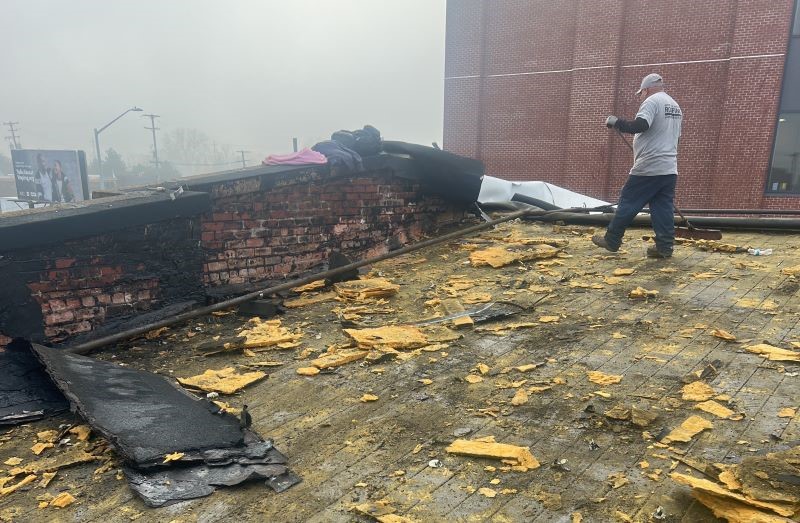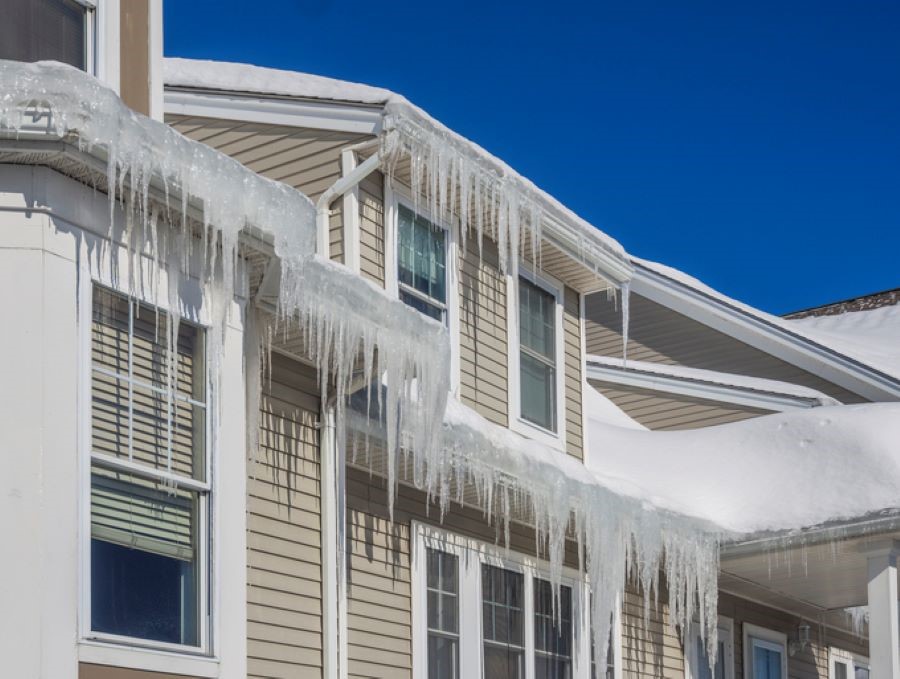
When replacing your roof, it’s best, if possible, to plan ahead. The life expectancy of a typical roof is 16-20 years, so you’ll know when it’s time to get serious about a replacement. If you plan ahead, you can schedule your roof installation for the best time of year. Of course, if your roof is in desperate need of replacement, either due to age or recent storm damage, the best time to replace your roof is now, no matter the time of year.
The Best Time to Replace a Roof
March through October is roofing season in Michigan. From spring to early fall, the weather is friendly, not only for those of us working in it, but for the materials themselves.
In fall in particular, the weather is more consistent, which helps alleviate any effect temperature fluctuations may have on tools and materials. Compressors should work flawlessly, shingles can be cut and affixed easily and accurately, and the entire job can be completed in a timely fashion.
Obviously, if March through October is the best weather for roofing your home, it’s also the best weather for your neighbors to re-roof their home. That is, you need to schedule your project early to make sure we can replace your roof during the ideal time.
When is Not the Best Time to Replace a Roof?
If you can avoid it, try not to replace a roof in winter. While it is possible to install a roof any time of the year, roofing in cold weather is not ideal.
We need an appropriate substrate to be able to install a roof, and any rain, snow, or ice need to be completely absent. A slippery surface makes it more dangerous for a crew that is already wearing several extra layers of clothing to combat the cold, and the extra caution required typically slows down the roofing process.
If it’s too cold, temperatures can wreak havoc with our compressors, nail guns, and the asphalt shingles themselves. We need to pay extra close attention to every nail; if ice forms in the lines, it can result in nails not being driven deep enough, requiring frequent adjustments to the nail guns to ensure quality workmanship.
Asphalt roof replacement in the winter can be especially daunting if the self-sealing glue doesn’t activate due to the temperature. In this case, we need to manually apply glue to every shingle, adding more time to the job.
Why are we going into so much detail when all of these obstacles can (and will) be mitigated? In short: It will cost you more. Replacing your roof in the winter is definitely an option, but if you can avoid it, you’ll spare yourself some cash and keep a roofer warm.
When You Have to Replace Your Home’s Roof Right Now
Sometimes, things don’t go according to plan and you need to replace your damaged roof urgently. If this is the case, the best time of year to replace your roof is whatever time of year it happens to be. Letting a damaged roof sit can lead to several problems inside and outside your home that will end up costing you a lot of money to fix. Take care of the roof now and prevent further damage.
Generally, an urgent need will arise due to sudden storm damage or procrastination (that is, you tried to get through another year or two with a late-life roof, and it just couldn’t make it). If you procrastinated, that’s okay, as long as you stop procrastinating right now. Letting a deteriorating roof weaken further can be disastrous.
A lot of factors go into a roof’s life expectancy of 16-20 years, such as pitch, layers, location and ventilation, but you should have a good idea when it’s time to start thinking about a replacement. If you plan ahead, you have control over when to replace your roof, and you’ll get a cost-effective, timely job that will noticeably enhance your home’s curb appeal.
Subscribe to West Michigan Roofing's Blog






Comments